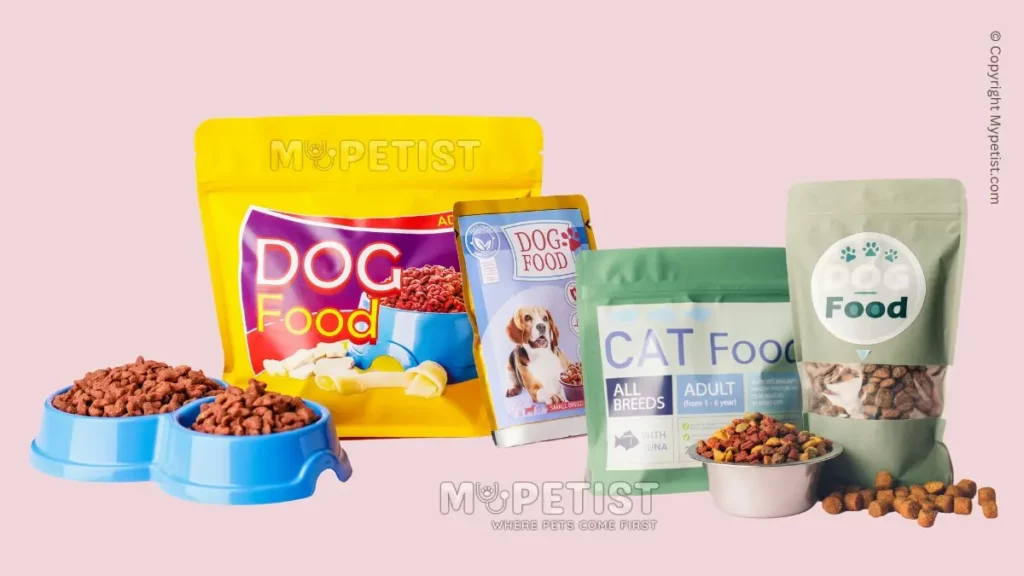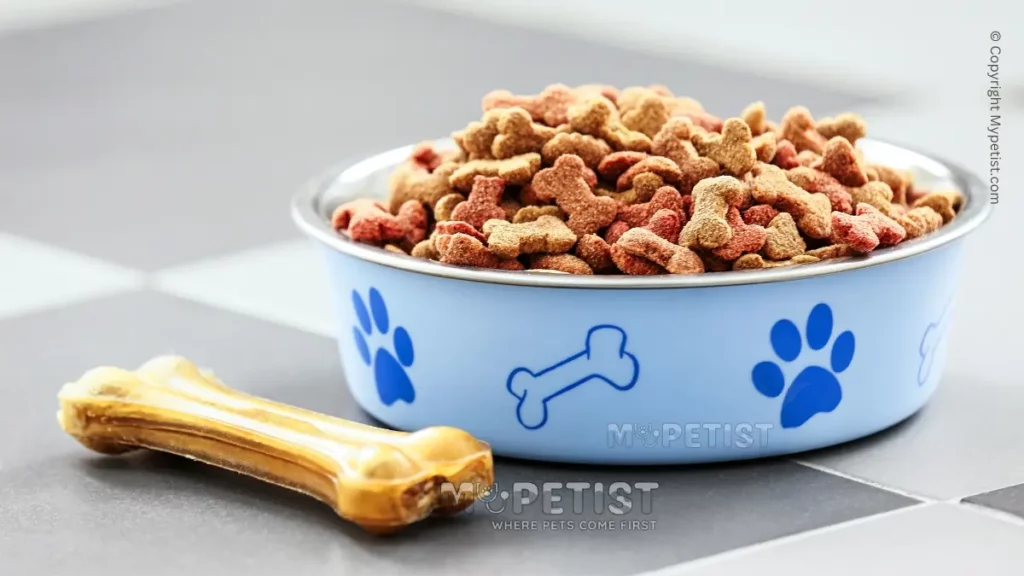From kibble to raw: A comprehensive guide to pet nutrition
As pet owners, we all want what’s best for our furry friends. One of the most important aspects of caring for your pet’s overall health and wellbeing is proper nutrition. With so many different types of pet food available, it can be hard to know what’s right for your furry friend.
One option that has gained popularity in recent years is a raw diet. However, transitioning from kibble to raw food can be a daunting task. That’s why we’ve put together this comprehensive guide to help you understand the benefits of different types of pet food and make an informed decision about what to feed your pet.
From understanding the nutritional needs of your pet to exploring different types of raw food options, we’ve got you covered. So, let’s dive in and learn about how you can provide your pet with the best possible nutrition!
Table of Contents [show]
Overview of Pet Nutrition
Pets are an integral part of our lives and as pet owners, we want to give them the best care possible. One of the most important aspects of pet care is nutrition. A well-balanced diet is essential for keeping our pets healthy, energetic, and happy. But with so many options available, it can be overwhelming to decide what to feed our furry friends.

In recent years, there has been a growing trend towards feeding pets a raw food diet. This diet consists of uncooked meat, bones, and vegetables that mimic what pets would eat in the wild. Proponents of this diet claim that it can improve their pet’s overall health, increase energy levels, and even extend their lifespan.
However, there are still many pet owners who prefer to feed their pets commercial kibble or canned food. These options are convenient, affordable, and come in a variety of flavors and formulations.
In this comprehensive guide to pet nutrition, we will explore the various options available for feeding our pets, the benefits and drawbacks of each, and provide tips on how to make the best decision for your pet’s individual needs. Whether you’re a new pet owner or a seasoned pro, this guide will help you make informed decisions about your pet’s nutrition and wellbeing.
What Is Kibble And Why Is It Popular?
Kibble is a type of dry pet food that is made by mixing several ingredients such as meat, grains, and vegetables. The mixture is then cooked at high temperatures to form small, bite-sized pieces that are easy to store and serve. Kibble has become a popular choice among pet owners due to its convenience, affordability, and long shelf life.

Additionally, kibble is easy to measure and can be left out for pets to eat at their own pace. It’s also available in a variety of flavors and formulations to meet the specific needs of different pets. However, some concerns have been raised regarding the quality of ingredients used in some kibble brands and the potential health implications of feeding pets a processed diet. While kibble is a convenient option, it’s important for pet owners to consider their pet’s overall health and nutrition needs before selecting a diet for them.
The Drawbacks Of Kibble Diets

While kibble may seem like a convenient option for pet owners, it has its drawbacks. Kibble is a processed food that is high in carbohydrates, which can lead to obesity and other health problems in pets. Additionally, the high heat used in the manufacturing process can damage nutrients and reduce the bioavailability of essential vitamins and minerals. This means that even if the kibble contains a variety of nutrients, your pet may not be able to absorb or utilize them effectively.
Another issue with kibble is that it often contains fillers and additives, such as preservatives and artificial flavors, that may not be healthy for your pet. These ingredients can lead to digestive problems and allergic reactions, which can impact your pet’s overall health and wellbeing.

Furthermore, some kibble brands use low-quality ingredients, such as meat by-products and grains, which do not provide the same level of nutrition as whole foods. This means that your pet may not be getting the optimal balance of protein, fat, and other nutrients they need to thrive.
Overall, while kibble may be a convenient and affordable option for pet owners, it is important to be aware of its drawbacks and consider alternative diets that may be more nutritious for your pet.
What Is A Raw Pet Food Diet?
A raw pet food diet is exactly what it sounds like – a diet that is made up of raw meats, bones, and organs, as well as some fruits and vegetables. This type of diet is thought to mimic what our pets would eat if they were living in the wild, before the advent of commercial pet food.
There are a few different types of raw pet food diets, including homemade, pre-made, and commercial raw food. Homemade diets require the owner to prepare the food themselves, while pre-made and commercial diets can be purchased ready-made.
One of the main benefits of a raw pet food diet is that it is thought to be more natural and healthier for pets than commercial pet food. Raw food is more nutrient-dense and contains fewer additives and preservatives than many commercial pet foods. This can lead to a variety of health benefits, including improved digestion, healthier skin and coat, and increased energy levels.

However, it’s important to note that a raw pet food diet is not without its risks. Raw meat can contain harmful bacteria like salmonella and E. coli, which can make both pets and humans sick. It’s important to handle raw pet food safely and to make sure that it is stored properly to minimize the risk of foodborne illness. Additionally, a raw pet food diet may not be appropriate for all pets, especially those with certain health conditions or dietary restrictions.
Overall, a raw pet food diet can be a great choice for pet owners who are looking for a more natural and nutrient-dense diet for their furry friends. However, it’s important to do your research and consult with a veterinarian before making any major changes to your pet’s diet.
The Benefits Of Feeding Your Pet A Raw Food Diet
Feeding your pet a raw food diet has become increasingly popular in recent years, and for good reason. One of the main benefits is that it can improve your pet’s overall health and wellbeing.
Raw food diets consist of fresh, unprocessed ingredients that provide essential nutrients for your pet. These diets typically include raw meat, bones, fruits, and vegetables. By feeding your pet a raw food diet, you are providing them with a natural and balanced diet that contains all the necessary vitamins and minerals they require to thrive.
Another benefit of feeding your pet a raw food diet is that it can help improve their digestion. Many commercial pet foods are filled with additives and preservatives that can be difficult for your pet to digest. A raw food diet is easier on their digestive system as it contains fewer processed ingredients.
In addition to this, feeding your pet a raw food diet can also improve their coat and skin health. The natural ingredients in a raw food diet provide essential fatty acids that help keep your pet’s coat shiny and healthy. Raw food diets can also help to reduce inflammation in your pet’s body, which can help to alleviate skin conditions and allergies.

